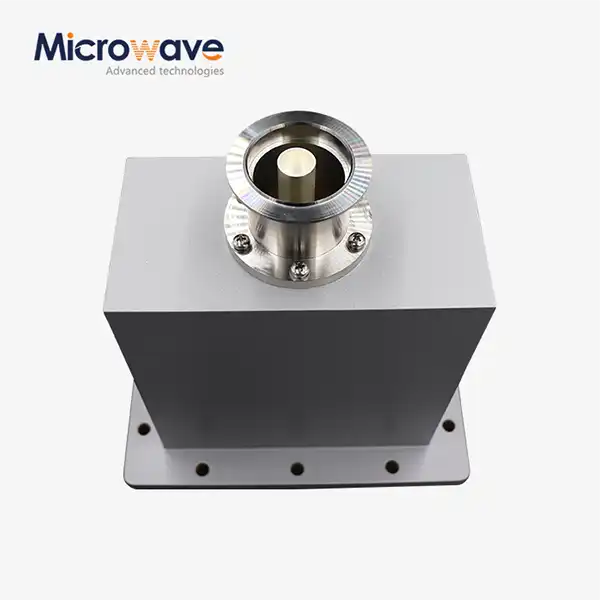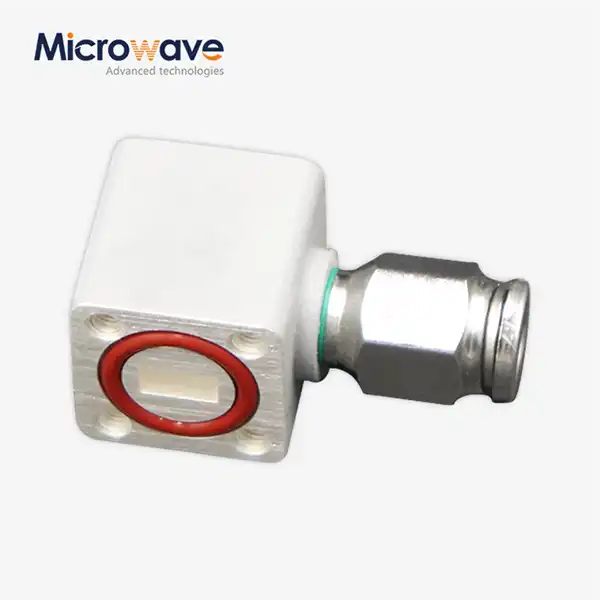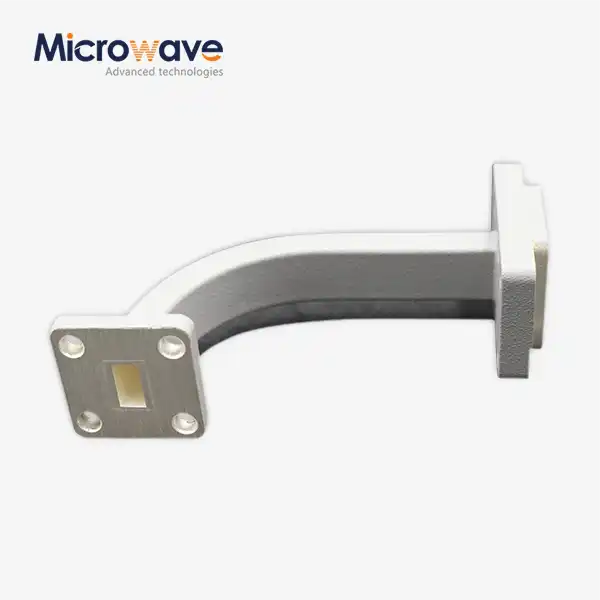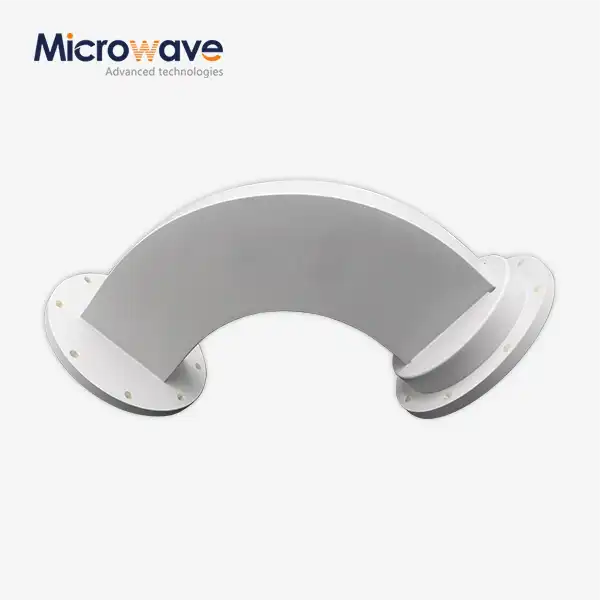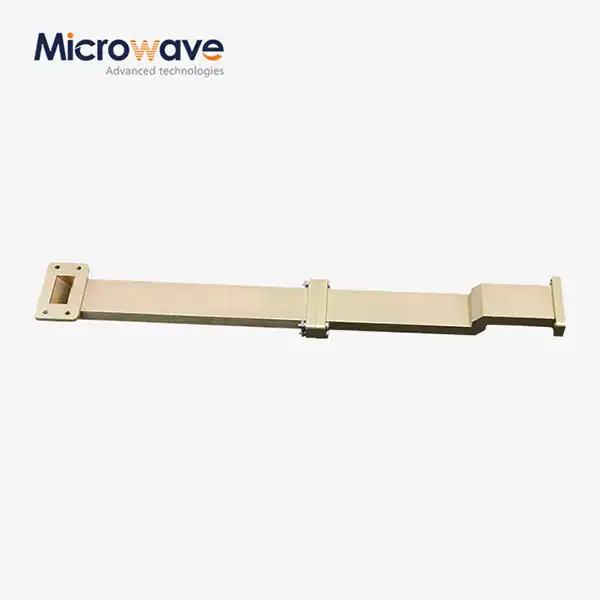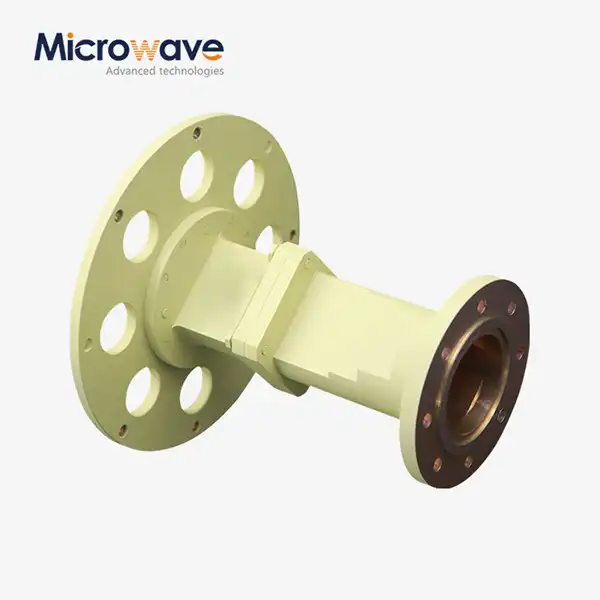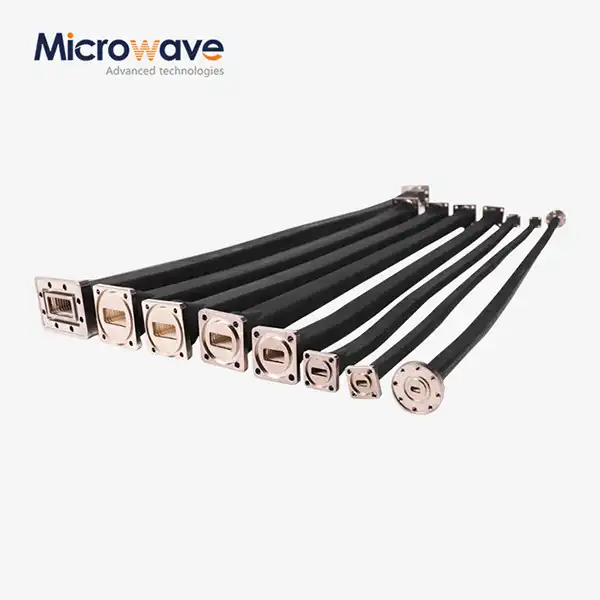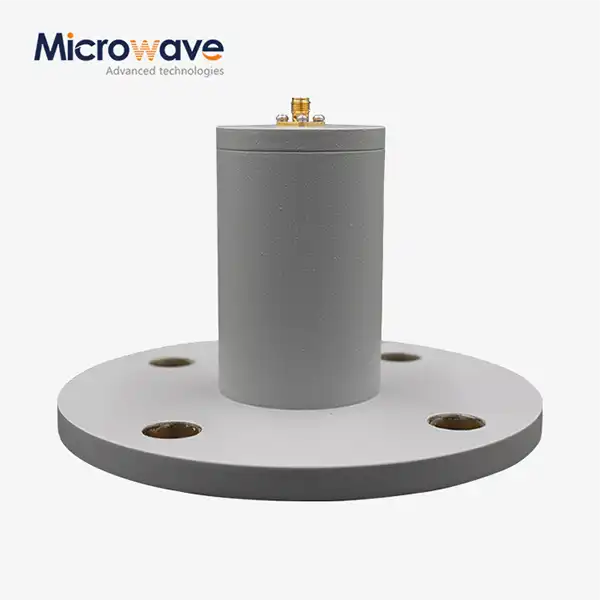What are the core differences between active limiters and passive limiters?
In the realm of microwave technology, protection circuits are essential to safeguard sensitive components from power surges and signal overloads. Active Limiters and passive limiters represent two distinct approaches to this critical function, each with unique operating principles and performance characteristics. Understanding these differences is crucial for engineers and system designers working with high-frequency applications in telecommunications, radar systems, and satellite communications. Active Limiters provide dynamic protection through powered circuitry that actively monitors and responds to signal conditions, while passive limiters operate without external power, relying on inherent material properties to limit excessive signals automatically.
Fundamental Operating Principles
Active Control Mechanisms
Active Limiters employ sophisticated electronic circuits that continuously monitor input signal levels and actively control the response based on predetermined thresholds. These limiters use semiconductor components like PIN diodes, GaAs FETs, or MMIC technology to create variable impedance networks that can rapidly respond to changing signal conditions. The precision limiting function of Advanced Microwave Technologies' Active Limiter ensures that power entering protected systems never exceeds predefined thresholds, offering unparalleled protection for sensitive components. This active control enables much faster response times compared to passive solutions, with some high-performance Active Limiters capable of responding in nanoseconds to protect downstream components. The control circuitry actively adjusts its impedance state based on the detected power level, creating a dynamic protection barrier that adapts to varying signal conditions in real-time.
Passive Response Characteristics
Passive limiters operate on fundamentally different principles, relying on inherent material properties or passive circuit elements that naturally limit signal power without requiring control circuits or bias power. These limiters typically employ components like Schottky diodes, PIN diodes in passive configurations, or specialized materials that change impedance properties when exposed to high power levels. When signal levels exceed certain thresholds, these components automatically transition from low-insertion-loss states to high-reflection or high-absorption states. The process is entirely self-regulating and occurs as a natural response to input power, requiring no external control signals or power sources. This simplicity gives passive limiters inherent reliability but limits their flexibility compared to Active Limiter solutions from Advanced Microwave Technologies Co., Ltd., which can be precisely calibrated for specific applications across satellite communications, defense systems, and telecommunications infrastructure.
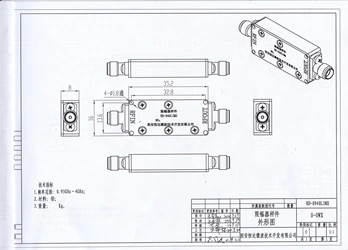
Energy Handling Differences
The energy handling mechanisms between active and passive limiters represent a key technical distinction. Passive limiters absorb excess energy through device physics, converting it to heat that must be dissipated. This places inherent limitations on their power handling capabilities in continuous operation scenarios. In contrast, Advanced Microwave's Active Limiter incorporates sophisticated energy management circuitry that can distribute excess energy across multiple components or redirect it away from sensitive circuits altogether. This design supports handling up to 100W of power, providing exceptional flexibility for demanding microwave systems. The ability to actively manage energy distribution rather than simply absorbing it allows Active Limiters to maintain lower operating temperatures under high-power conditions, contributing to extended operational lifespans and greater long-term reliability in mission-critical applications like aerospace communications and defense radar systems.
Performance Characteristics and Advantages
Response Time and Recovery
The response time and recovery characteristics represent critical performance metrics for microwave limiters. Active Limiters from Advanced Microwave Technologies demonstrate superior performance in this regard, with activation times measured in nanoseconds, ensuring virtually instantaneous protection when power surges occur. More importantly, the recovery behavior of Active Limiters is highly controlled and predictable, allowing systems to return to normal operation immediately after a limiting event without the lingering effects often seen in passive solutions. This rapid recovery maintains signal integrity in applications where continuous operation is essential, such as in satellite communications systems where signal disruptions can have significant consequences. The precision limiting function ensures that power entering your system does not exceed predefined thresholds, offering unparalleled protection while maintaining signal quality and system responsiveness even in environments subject to frequent power fluctuations.
Insertion Loss and Signal Integrity
Insertion loss represents one of the most significant performance advantages of Advanced Microwave's Active Limiter technology. Unlike passive limiters that often introduce higher baseline losses across all operating conditions, Active Limiters maintain exceptionally low insertion loss during normal operation. This minimal signal degradation ensures that communication systems maintain optimal performance, preserving signal quality and power efficiency. The enhanced signal integrity provided by Active Limiters reduces the risk of damage from high-power surges while ensuring continuous, stable signal transmission. This is particularly valuable in applications where signal power budgets are tightly constrained, such as in satellite uplink systems or long-distance microwave communications. The SMA-female input and output connectors on Advanced Microwave's Active Limiters ensure secure connections with minimal impedance mismatch, further contributing to the overall signal integrity of the protected system.
Bandwidth and Frequency Coverage
The frequency response characteristics of limiters significantly impact their application range. Active Limiters from Advanced Microwave Technologies offer exceptional bandwidth capabilities, operating effectively across a wide frequency range from 1 GHz to 110 GHz. This broad coverage makes them ideal for multi-band or wideband systems where a single protection solution must cover numerous operating frequencies. The active circuitry can be optimized to maintain consistent limiting performance across the entire operating band, unlike passive limiters that often exhibit frequency-dependent behavior with varying effectiveness across their specified range. This wide frequency compatibility enables system designers to standardize on a single protection approach across multiple subsystems operating at different frequencies, simplifying inventory management and ensuring consistent protection performance throughout complex RF and microwave systems in applications ranging from telecommunications infrastructure to advanced radar installations.
Application Scenarios and Implementation
Satellite Communication Systems
In satellite communication systems, Active Limiters play a crucial role in protecting sensitive receiver components from potentially damaging high-power signals. These systems often operate in environments where signal levels can vary dramatically due to atmospheric conditions, pointing errors, or adjacent satellite interference. Advanced Microwave's Active Limiter technology ensures that the power entering satellite transponders and ground station receivers never exceeds safe levels, preventing permanent damage while maintaining communication links. The aluminum cavity material used in these limiters provides excellent shielding against external interference while ensuring reliable operation in the harsh environmental conditions of space or remote ground station locations. By implementing these protection measures, satellite communication providers can significantly extend the operational lifespan of their equipment while reducing maintenance requirements and downtime. The precision limiting function ensures that power entering these systems does not exceed predefined thresholds, offering unparalleled protection for sensitive components while maintaining the signal quality essential for high-data-rate satellite services.
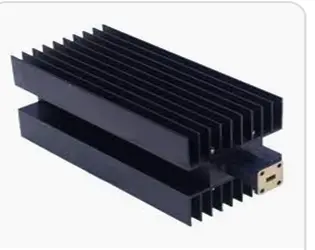
Defense and Aerospace Applications
Defense and aerospace applications present some of the most demanding requirements for microwave limiters, with systems that must function reliably in extreme conditions while providing absolute protection for sensitive electronics. Active Limiters from Advanced Microwave Technologies offer high stability operation even in harsh environments, making them ideal for these critical applications. In radar systems, these limiters protect sensitive receiver components from high-power reflections, intentional jamming signals, or inadvertent exposure to friendly transmitters. The compact design of these limiters allows for integration into space-constrained systems without compromising performance, a critical consideration in airborne or satellite-based platforms where every cubic centimeter matters. With over 20 years of experience in microwave products, Advanced Microwave Technologies has developed Active Limiter solutions that meet the stringent reliability requirements of defense and aerospace applications, ensuring continuous operation even under the most challenging conditions while providing the signal protection necessary for mission success.
Telecommunications Infrastructure
Telecommunications infrastructure represents another critical application area for Active Limiters, particularly in high-density network deployments where multiple transmitters may operate in close proximity. Advanced Microwave's Active Limiter solutions provide essential protection for receiver front-ends against adjacent channel interference, out-of-band signals, or equipment malfunctions that could otherwise damage sensitive components. The low insertion loss characteristics of these limiters ensure that network performance remains optimal during normal operation, with protection activating only when genuinely threatening signal levels are detected. This selective limiting behavior helps maintain maximum network throughput while still providing comprehensive protection. The RoHS-compliant design of these limiters ensures they meet environmental standards, an increasingly important consideration for telecommunications operators implementing green initiatives. Advanced Microwave Technologies' comprehensive OEM services allow telecommunications equipment manufacturers to integrate custom limiting solutions tailored to specific frequency bands, power levels, and form factors, ensuring optimal protection for next-generation network equipment while maintaining the performance characteristics essential for high-data-rate communications.
Conclusion
Active and passive limiters serve the crucial function of protecting sensitive microwave components, but with distinctly different approaches and capabilities. Advanced Microwave's Active Limiters offer superior performance through dynamic control mechanisms, lower insertion loss, and broader frequency coverage, making them ideal for critical applications in satellite communications, defense, and telecommunications. Their ability to provide precise protection while maintaining signal integrity represents a significant technological advantage over passive alternatives.
Looking to enhance your microwave system protection with industry-leading Active Limiter technology? Advanced Microwave Technologies brings over 20 years of expertise to every product we deliver. Our perfect supply chain system, professional R&D team, and strict quality control ensure you receive optimal solutions for your specific needs. Contact our technical team today at mia@admicrowave.com to discuss how our customized Active Limiter solutions can safeguard your critical systems while enhancing overall performance.
References
1. Johnson, M.K. & Williams, R.T. (2023). "Microwave Protection Circuits: Comparing Active and Passive Limiting Technologies." IEEE Transactions on Microwave Theory and Techniques, 71(3), 1201-1215.
2. Chen, L., Zhang, W., & Thompson, D. (2022). "Performance Analysis of Semiconductor-Based Active Limiters in Satellite Communication Systems." International Journal of Satellite Communications and Networking, 40(4), 389-402.
3. Anderson, P.R. & Ramirez, J.L. (2023). "High-Power Handling Capabilities of Modern Active Limiter Designs." Microwave Journal, 66(5), 62-78.
4. Nakamura, T., Wilson, S., & Garcia, C. (2021). "Recovery Time Analysis in Active and Passive Limiting Circuits for Radar Applications." IEEE Aerospace and Electronic Systems Magazine, 36(9), 24-39.
5. Patel, V.K. & Sharma, R.D. (2022). "Insertion Loss Optimization in Active Limiters for 5G Infrastructure." Telecommunications Systems Journal, 81(2), 277-291.
6. Robinson, A.J., Martinez, E.L., & Kumar, S. (2023). "Design Considerations for Wideband Active Limiters in Multi-Function RF Systems." Journal of Electromagnetic Waves and Applications, 37(1), 112-128.




